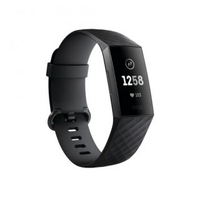So what does that mean, exactly? In a nutshell, the heart rate monitor can register irregular heartbeats, at which point it will alert the wearer and prompt them to electrocardiogram reading. Overnight, sensors in the watch can measure blood oxygen levels to help users determine whether or not sleep apnea episodes occur. This type of tracking is found on premium fitness trackers (opens in new tab). Sleep apnea is a serious condition: folks diagnosed with sleep apnea routinely experience breathing interruptions while they sleep. If left undiagnosed, those who suffer from the condition may also experience fatigue, high blood pressure, and other ailments often associated to sleep apnea. Before you try to buy, Withings’ ScanWatch can’t actually diagnose any ailments and by no means replaces the ability of a doctor - it can only alert wearers to potential warning signs and symptoms. For the watch to become a diagnostic tool, it will have to go through many rounds of clinical trials. For now, it’s still waiting for FDA approval before it can be sold in the United States. Withings already received the green light to sell the ScanWatch in Europe. The ScanWatch is anticipated to hit the market in the second quarter of this year. As for the price tag, expect to drop $249 on the 38mm model, or $299 on the 42mm model. It’s also reported to have an estimated 30-day battery life, which is quite impressive. Until then, we can only speculate whether or not the ScanWatch will make our list of the best smartwatches (opens in new tab).

